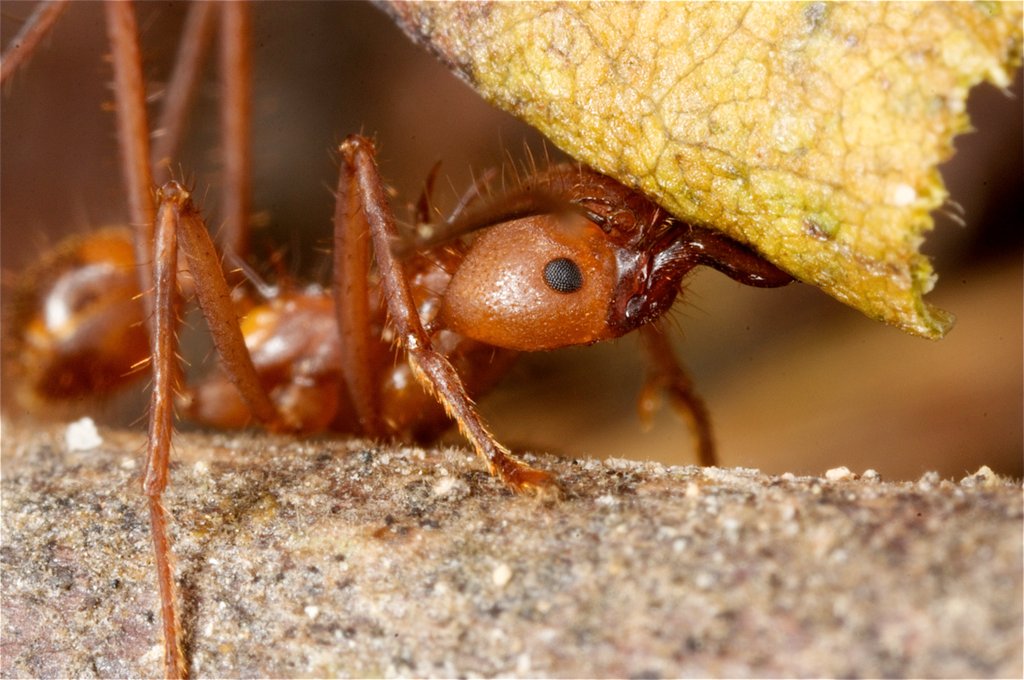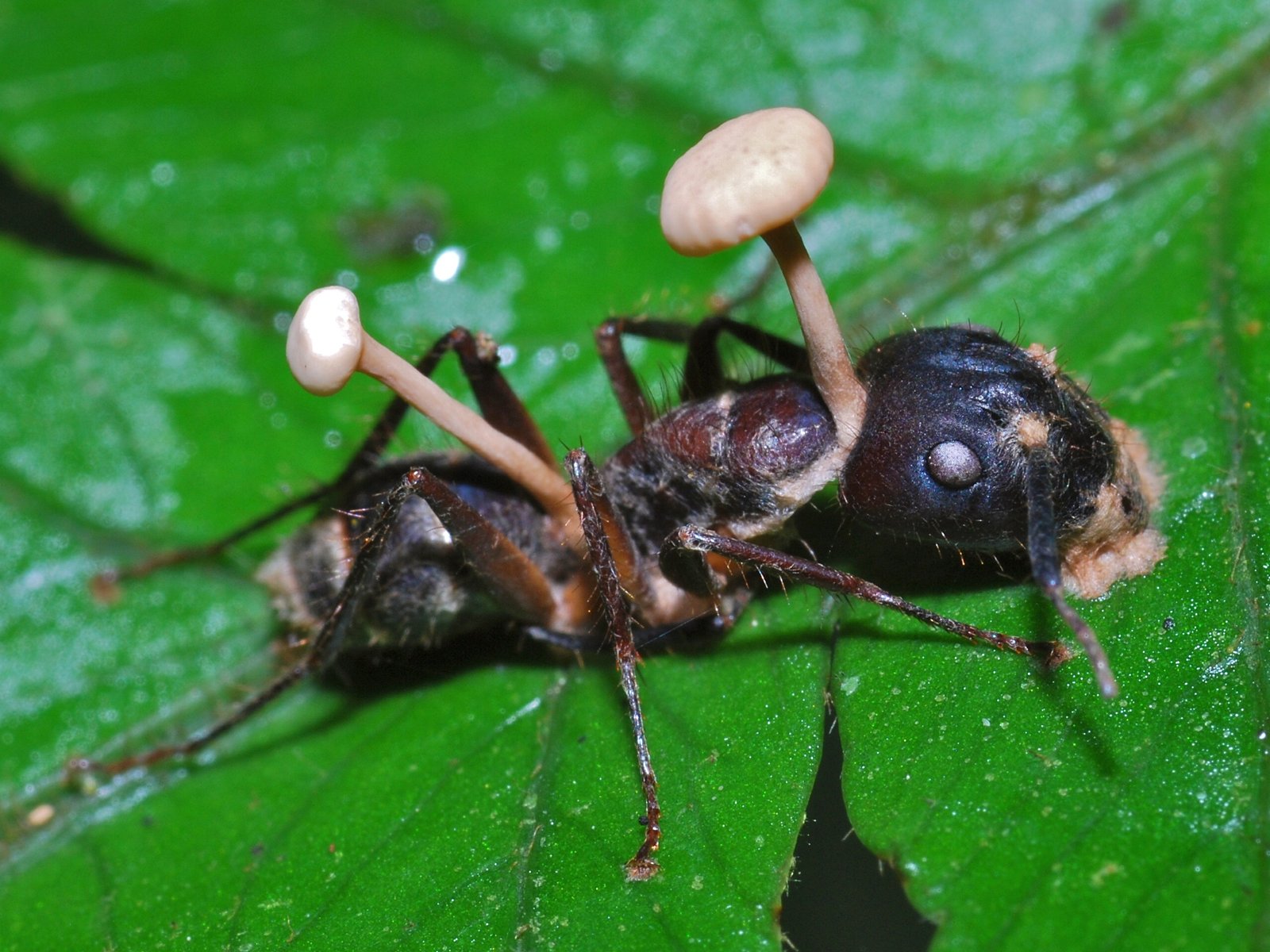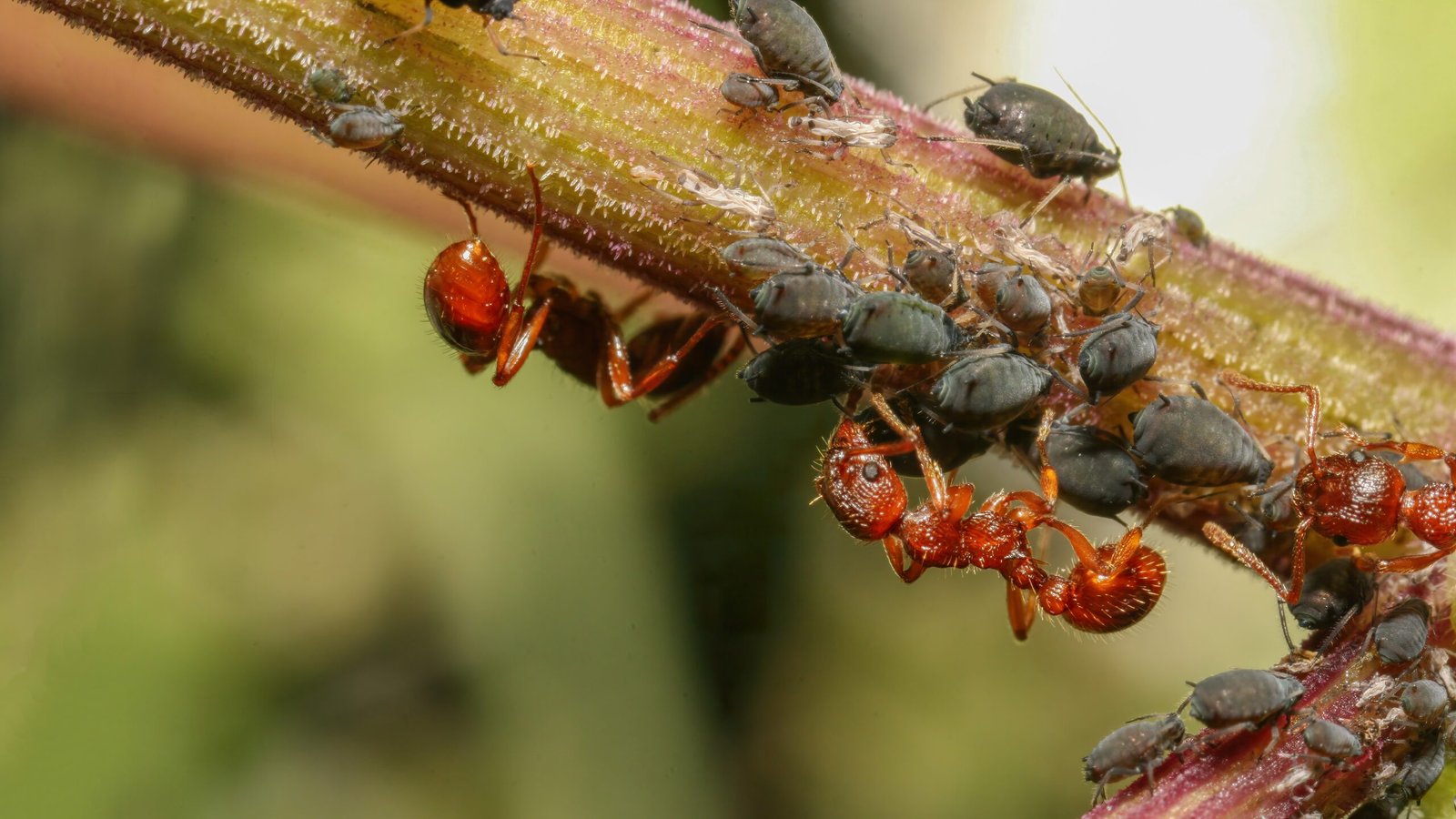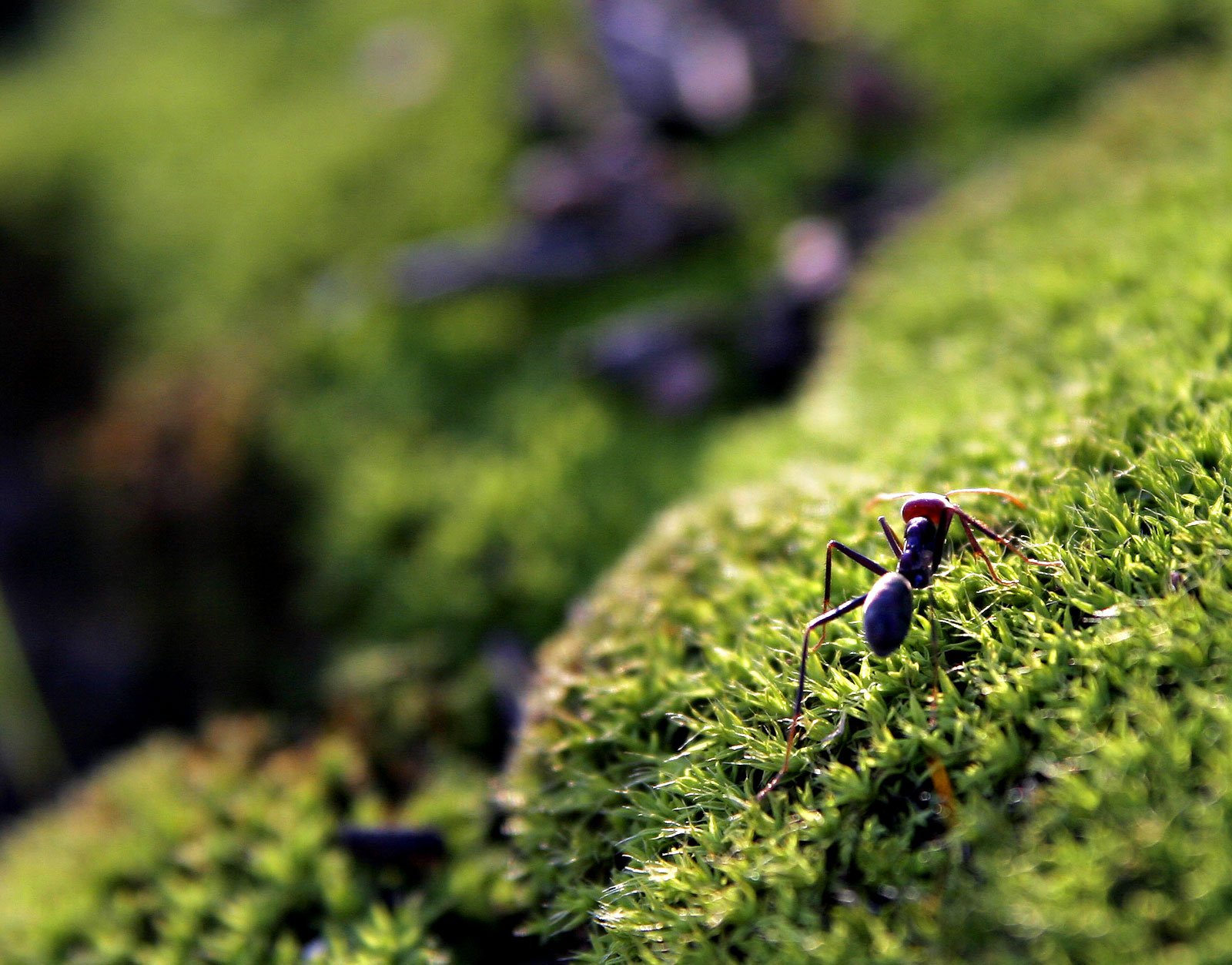Imagine a world beneath your feet, teeming with tiny farmers and herders, where societies thrive on agriculture and animal husbandry—yet not a single human is in sight. This isn’t the fantasy of a science fiction novelist; it’s the astonishing reality of the ant kingdom. Ants, those small but mighty insects, have mastered the art of farming and herding, cultivating fungi and tending aphids with a level of organization and cooperation that rivals our own. Prepare to be amazed as we journey into the secret lives of ants, where nature’s tiniest agriculturalists have been shaping ecosystems for millions of years.
The Surprising World of Ant Agriculture

Ants might look unassuming, but their societies are some of the most complex on Earth. Deep underground or nestled within rotting wood, certain ant species have developed remarkable farming systems. Instead of crops like wheat or corn, these pioneering ants specialize in cultivating fungi. The process is surprisingly similar to human agriculture: ants sow fungal spores, tend to their growth, and harvest the nutritious fruiting bodies. This mutually beneficial relationship has lasted for millions of years, a testament to the ants’ ingenuity and evolutionary success.
Leafcutter Ants: Masters of the Mushroom Fields

Perhaps the most famous insect farmers are the leafcutter ants of Central and South America. These ants are often seen marching in long lines, carrying leaf fragments high above their heads. But they don’t eat these leaves directly. Instead, leafcutter ants use the foliage as compost to feed their underground fungus gardens. The ants meticulously cut the leaves into tiny pieces, chew them into a pulp, and carefully plant them in their subterranean chambers. Here, a special fungus grows, breaking down the plant matter into digestible nutrients that the ants cannot obtain from raw leaves.
Fungal Cultivation: A Two-Way Partnership

The relationship between ants and their farmed fungi is nothing short of extraordinary. The fungi depend on the ants for survival, as they rarely exist outside the nest. In return, the ants rely entirely on the fungus for nourishment. The ants tend to their gardens with great care, removing pests and contaminants, and even applying antimicrobial secretions to keep their crops healthy. If a patch of fungus begins to rot or is invaded by parasites, the ants swiftly remove the infected portions, ensuring the survival of their colony.
Fungus-Farming Ants Beyond the Tropics

While leafcutter ants are the superstars of ant agriculture, they’re not the only species to farm fungi. Other ants, such as those in the genus Atta and Acromyrmex, have independently developed fungus-farming techniques. In Africa and Asia, smaller fungus-farming ants grow different types of fungi, sometimes relying on decaying wood or insect droppings as their base. The diversity in farming styles across continents highlights just how adaptable and resourceful ants can be in their quest for survival.
Aphid Herding: The Cattle Ranchers of the Insect World

Agriculture isn’t the only trick up the ants’ sleeves. In a move that will surprise many, some ants have taken to herding. Like miniature cowboys, they tend to herds of aphids, small sap-sucking insects that secrete a sweet liquid called honeydew. Ants “milk” the aphids by stroking them with their antennae, encouraging them to release this sugary treat. In exchange, the ants offer protection from predators and sometimes even carry the aphids to fresh pastures—a fascinating parallel to human shepherds moving their flocks.
The Mutual Benefits of Ant-Aphid Relationships

For both ants and aphids, this partnership is a win-win. Aphids get bodyguards that fiercely defend them against hungry ladybugs and parasitic wasps. In return, the ants secure a reliable food source that keeps their colony energized and thriving. This relationship is so crucial that some ant species have even evolved to build tiny sheds or shelters for their aphid herds, shielding them from rain and danger.
Ant Techniques for Managing Aphid Herds

Ants have developed sophisticated methods to manage their aphid livestock. If an aphid population becomes too large and begins to exhaust its food source, the ants may transport part of the herd to a new plant. They may also “prune” the plants to encourage fresh shoots, providing better food for their aphids. When winter approaches, some ants carry aphid eggs into their nests for safekeeping, ensuring the next generation of honeydew producers will be ready when spring returns.
Communication and Coordination in the Colony
Behind every successful ant farm or aphid herd is a web of intricate communication. Ants use chemical signals, called pheromones, to coordinate activities and alert nestmates to threats or food sources. These pheromone trails guide foragers to the best leaves or aphid clusters, ensuring efficient teamwork. The colony’s ability to work together is nothing short of breathtaking, with thousands of individuals acting in perfect harmony, like the gears of a well-oiled machine.
The Evolutionary Roots of Ant Farming and Herding

The origins of ant agriculture and herding date back tens of millions of years. Fossil evidence suggests that fungus-farming ants evolved shortly after dinosaurs disappeared, giving them ample time to refine their techniques. The ant-aphid relationship is also ancient, with both insects evolving traits to enhance their mutual cooperation. Through natural selection, these behaviors have become deeply ingrained in the ant way of life, providing a powerful example of how cooperation can shape the course of evolution.
Ants as Ecosystem Engineers

By farming fungi and herding aphids, ants do more than just feed themselves—they transform their environments. Fungus-farming ants recycle plant material, enriching the soil and promoting forest health. Aphid-herding ants influence plant growth and even help disperse seeds. Their actions ripple through entire ecosystems, demonstrating that even the smallest creatures can have a huge impact on the world around them.
What We Can Learn from Ant Society

Ants remind us that intelligence isn’t limited to big brains or solitary geniuses. Their success lies in collaboration, resilience, and adaptability. Watching ants farm and herd, we see echoes of our own agricultural history—proof that nature’s greatest innovations often come from the most surprising places. Next time you see a line of ants or a cluster around a plant stem, pause for a moment. What secret farms or miniature herds might they be tending, just out of sight?



